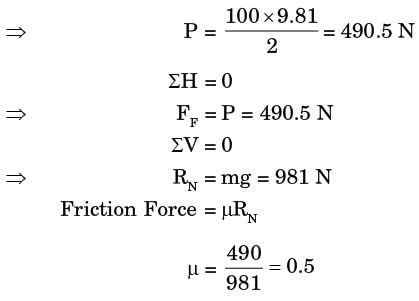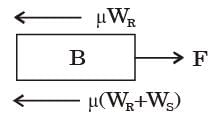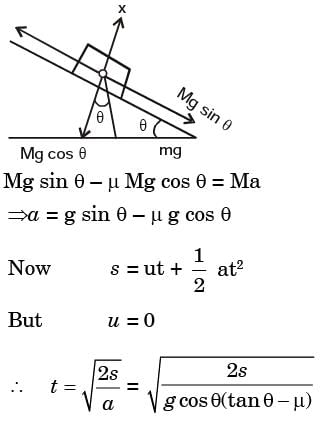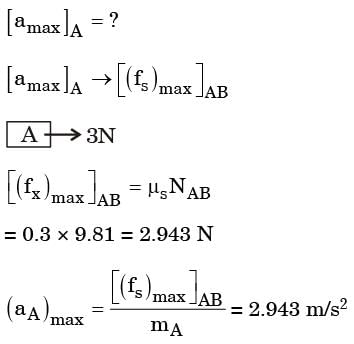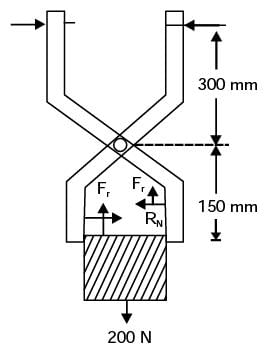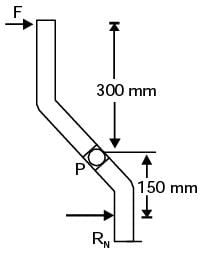GATE Past Year Questions: Friction | Engineering Mechanics - Civil Engineering (CE) PDF Download
Q1:A cylindrical disc of mass 𝑚=1kg and radius 𝑟=0.15m was spinning at 𝜔=5rad/s flat horizontal surface and released (refer to the figure). Gravity 𝑔 acts vertically downwards as shown in the figure. The coefficient of friction between the disc and the surface is finite and positive Disregarding any other dissipation except that due to friction between the disc and the surface, the horizontal velocity of the center of the disc, when it starts rolling without slipping, will be _________ m/s (round off to 2 decimal places). (2022 Set1)
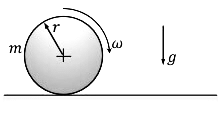
(a) 0
(b) 0.25
(c) 0.5
(d) 0.75
Ans: (b)
Sol:
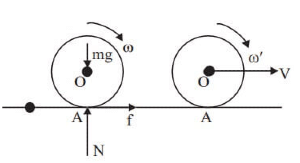
About point P there is no external torque.
[Because Torques of N and 'mg' balances and friction force pass through point P, hence its torque is zero]


Q2: Two rigid massless rods PR and RQ are joined at frictionless pin-joint R and are resting on ground at P and Q, respectively, as shown in the figure. A vertical force F acts on the pin R as shown. When the included angle θ<900, the rods remain in static equilibrium due to Coulomb friction between the rods and ground at locations P and Q. At θ= 900 impending slip occurs simultaneously at points P and Q. Then the ratio of the coefficient of friction at Q to that at  is _________ (round off to two decimal places). (2022 Set 1)
is _________ (round off to two decimal places). (2022 Set 1)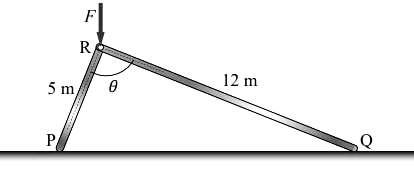
(a) 5.76
(b) 9.32
(c) 4.25
(d) 8.65
Ans: (a)
Sol:
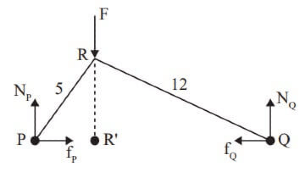
By pythagoras theorem:
PQ=13m
By Geometry:

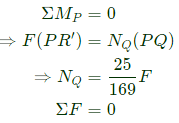

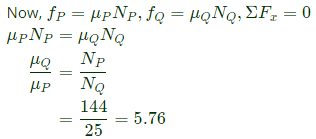
Q3:A block of negligible mass rests on a surface that is inclined at 300 to the horizontal plane as shown in the figure. When a vertical force of 900 N and a horizontal force of 750 N are applied, the block is just about to slide. (2021 Set2)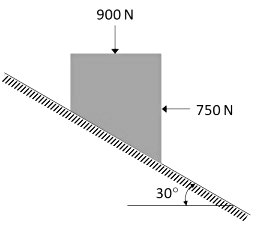
The coefficient of static friction between the block and surface is _____ (round off to two decimal places).
(b) 0.36
(c) 0.17
(d) 0.05
Ans:(c)
Sol:
After forces are applied block is just about move (mass is negligible). Calculate coefficient of friction
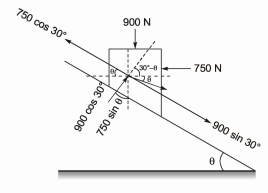


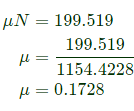
Q4: A block of mass 10 kg rests on a horizontal floor. The acceleration due to gravity is 9.81 m/s 2 . The coefficient of static friction between the floor and the block is 0.2. A horizontal force of 10 N is applied on the block as shown in the figure. The magnitude of force of friction (in N) on the block is___ (2019 SET 1)

(a) 5
(b) 10
(c) 12
(d) 18
Ans:(b)
Sol:
Maximum friction force, 𝑓 max = 
Applied force, 𝑃= 
∴ Friction force = Applied force =10N
Q5: A wardrobe (mass 100 kg, height 4 m, width 2 m, depth 1 m), symmetric about the Y-Y axis, stands on a rough level floor as shown in the figure. A force P is applied at mid-height on the wardrobe so as to tip it about point Q without slipping. What are the minimum values of the force (in newton) and the static coefficient of friction 𝜇 between the floor and the wardrobe, respectively? (2014 Set 4)
(a) 490.5 and 0.5
(b) 981 and 0
(c) 1000.5 and 0.15
(d) 1000.5 and 0.25
Ans:(a)
Sol:
We can solve this question by moment or by force
triangle as this is condition of equilibrium (just to topple)

as P is horizontal force and it will be over come
by friction force



Wardrobe is about to topple about pt Q so there
will be contact force from point Q on the wardrobe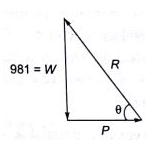

Two components of R will balance W and P and
horizontal component (parallel to contacting
surface is called friction and perpendicular to
contacting surface is called normal reaction)


[2014, Set-4]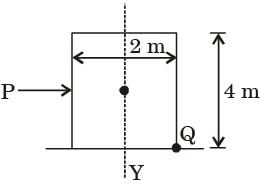
[2014, Set-1]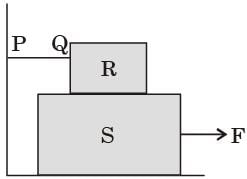
[2011]

[2009]
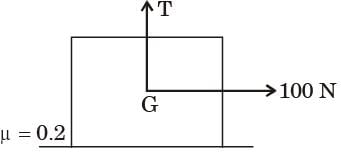
[2007]
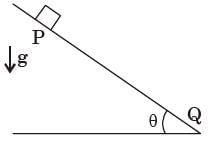
[2005]
[2004]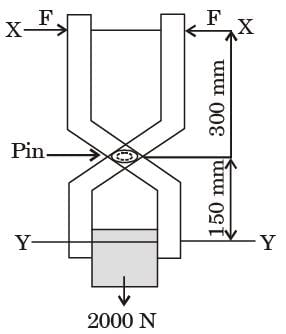
[2000]
[2000]
[1996]
|
24 videos|69 docs|53 tests
|
FAQs on GATE Past Year Questions: Friction - Engineering Mechanics - Civil Engineering (CE)
| 1. What is friction? |  |
| 2. How is friction calculated? |  |
| 3. What are the types of friction? |  |
| 4. How does friction affect motion? |  |
| 5. How can friction be reduced? |  |

